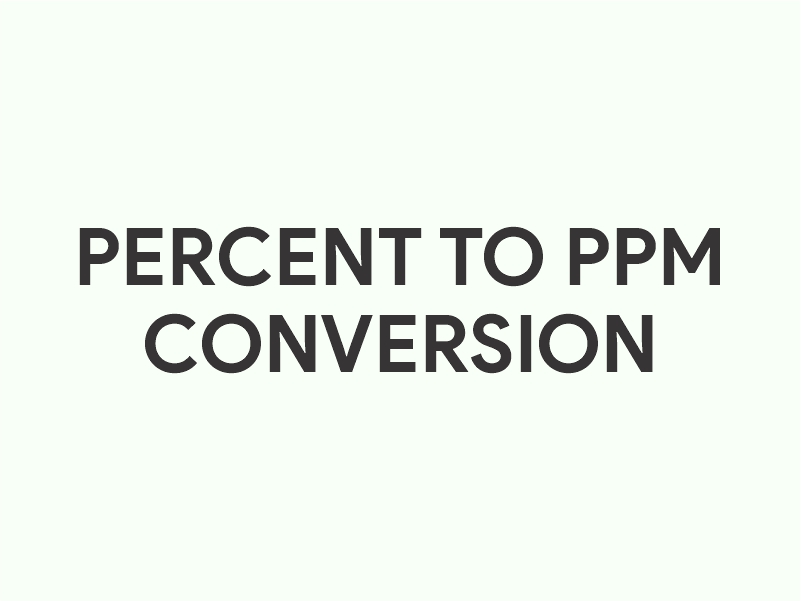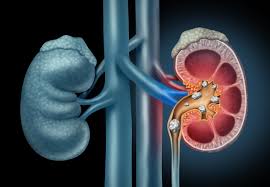Percent to PPM Conversion
How to Use the “Percent to PPM Conversion” Calculator:
Input the Percentage:
- Enter the percentage value you want to convert into the input field labeled “Enter percent.”
- For example, if you have 2%, type “2” in the input box.
Convert the Value:
- Click the “Convert” button. The calculator will multiply the percentage value by 10,000 to convert it into parts per million (PPM).
- The result will be displayed in the “PPM result” field. For example, if you entered 2%, the result will be displayed as “20000 ppm.”
Reset the Fields:
- If you want to clear the input and output fields, click the “Reset” button. This will reset the calculator, allowing you to enter a new percentage value.
Application of Percent to PPM Conversion:
Environmental Monitoring:
- Air Quality: PPM is a common unit used to measure the concentration of pollutants in the air. For example, carbon dioxide levels are often expressed in PPM.
- Water Quality: In water treatment and environmental testing, PPM is used to express the concentration of dissolved substances like chlorine, nitrates, or heavy metals.
Chemistry and Laboratory Work:
- Solution Concentrations: PPM is frequently used to describe very dilute concentrations of chemicals in solutions. For example, a 1 ppm solution of a substance means that there is 1 part of that substance in 1 million parts of the solution.
- Toxicology: The toxicity of chemicals is often expressed in PPM, indicating the concentration at which a substance can be harmful.
Food and Beverage Industry:
- Additives and Contaminants: The food industry uses PPM to measure the concentration of additives or contaminants in food products. For instance, the amount of preservatives in canned food or the level of pesticide residues on fruits and vegetables are often reported in PPM.
Manufacturing and Engineering:
- Material Properties: Engineers might use PPM to describe the purity of materials, such as the level of impurities in metals or other raw materials.
- Quality Control: PPM is used in quality control processes to measure defects in production. For example, a company might track the number of defective items per million produced to maintain high quality standards.
Pharmaceuticals:
- Drug Concentrations: PPM is used to express the concentration of active ingredients in medications, especially when dealing with highly potent compounds where small amounts are significant.
How to convert percent to ppm
1% = 10000ppm
So
x(ppm) = 10000 ⋅ x(%)
Example: find how many ppm are in 1.7%.
x(ppm) = 10000 ⋅ 1.7% = 17000ppm
Percent to ppm conversion table
| Percent (%) | ppm |
|---|---|
| 0% | 0 ppm |
| 0.0001% | 1 ppm |
| 0.001% | 10 ppm |
| 0.01% | 100 ppm |
| 0.1% | 1000 ppm |
| 1% | 10000 ppm |
| 2% | 20000 ppm |
| 3% | 30000 ppm |
| 4% | 40000 ppm |
| 5% | 50000 ppm |
| 6% | 60000 ppm |
| 7% | 70000 ppm |
| 8% | 80000 ppm |
| 9% | 90000 ppm |
| 10% | 100000 ppm |
| 20% | 200000 ppm |
| 30% | 300000 ppm |
| 40% | 400000 ppm |
| 50% | 500000 ppm |
| 60% | 600000 ppm |
| 70% | 700000 ppm |
| 80% | 800000 ppm |
| 90% | 900000 ppm |
| 100% | 1000000 ppm |







